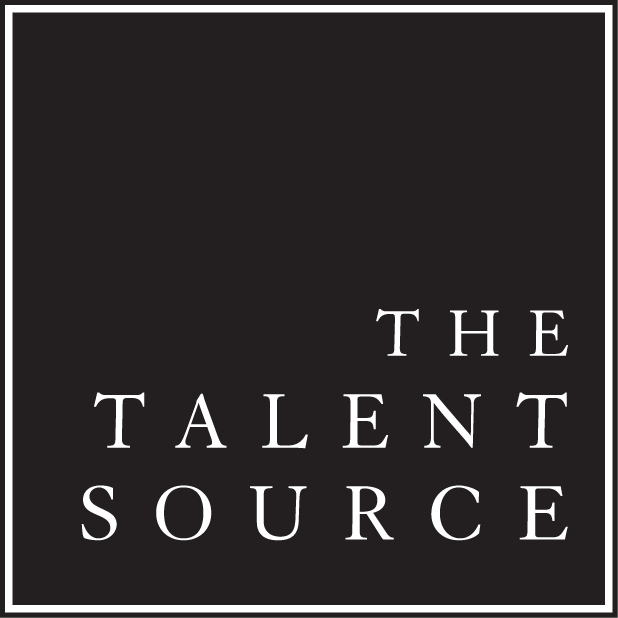Why the Workday Bias Lawsuit Is a Wake-up Call for Talent Leaders Using AI
Claire Marrero, CEO & Executive Search Partner, The Talent Source
As someone who’s spent over 25 years in the talent acquisition field—and who now helps companies integrate AI-driven solutions into their hiring strategies—I’ve been closely following the lawsuit filed by Derek Mobley against Workday.
Mobley alleges that Workday’s AI-powered applicant screening system discriminated against him based on age, race, and disability status. While Workday denies those claims, this case is more than a legal battle over algorithms. It marks a pivotal moment in the future of how we use AI in hiring—and a sobering reminder that even the best intentions can create unintended consequences if the technology is not implemented responsibly.
What makes this case particularly striking is the timeline. Mobley first contacted attorneys in 2020, well before AI had become the ubiquitous buzzword in talent acquisition that it is today. That means this dispute isn’t just about new generative AI tools like ChatGPT or resume parsers powered by large language models—it’s about longstanding practices in automation, machine learning, and algorithmic filtering that have quietly shaped hiring outcomes for years.
And that’s the point: AI doesn’t need to be “futuristic” to be flawed.
Why This Matters for Employers and TA Leaders
Whether you're a CHRO evaluating HR tech vendors or a recruiter using AI to sift through applicant pools, the implications of this lawsuit are clear:
AI is now discoverable. If your hiring decisions are being influenced by automated tools, courts will expect you to understand how those tools work—and whether they introduce bias, even unintentionally.
Vendors won’t shield you. Employers can’t just point fingers at third-party vendors. If you use a system that results in discriminatory outcomes, your company is still liable.
Auditability and transparency are no longer optional. You need to be able to explain how your AI models are trained, what data they’re using, and how decisions are being made.
What TA Teams Must Do Now
As leaders, we must strike a balance between embracing the efficiency of AI and safeguarding the fairness of our processes. That starts with a few key steps:
Vet your vendors. Ask tough questions about bias mitigation, data sources, and model explainability.
Perform regular audits. Review outcomes across demographics to identify and correct any patterns of adverse impact.
Document everything. Create a compliance trail that demonstrates your due diligence, especially when using AI in candidate screening.
Train your teams. Ensure recruiters and hiring managers understand how AI is influencing the pipeline—and how to intervene when necessary.
Looking Ahead
The Workday case may be one of the first to challenge algorithmic hiring bias in federal court—but it won’t be the last. In fact, with new regulations emerging across the U.S. and globally, this lawsuit could set the precedent for how we evaluate bias claims in an AI-first world.
At The Talent Source, we’re building AI-powered hiring solutions with this reality in mind. We believe that technology should be a tool to enhance human judgment, not replace it—and certainly not undermine equity or trust in the process.
For companies that want to use AI responsibly, now is the time to rethink your hiring stack, revisit your risk exposure, and recommit to fairness in every candidate interaction.
Because when it comes to bias in hiring, we can’t afford to outsource accountability.
Let’s keep the conversation going—how are you evaluating AI risk in your hiring process?
#AIinHiring #WorkdayLawsuit #TalentAcquisition #FairHiring #TheTalentSource #FutureofWork
